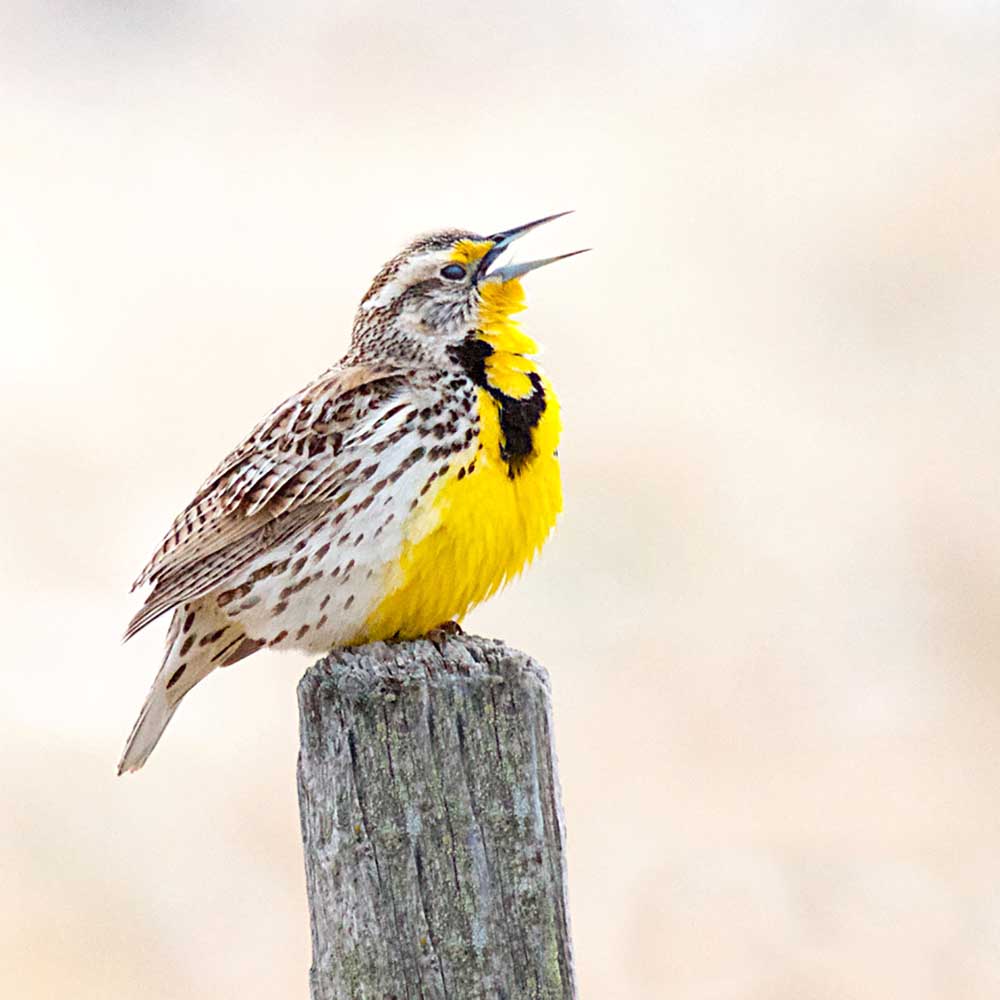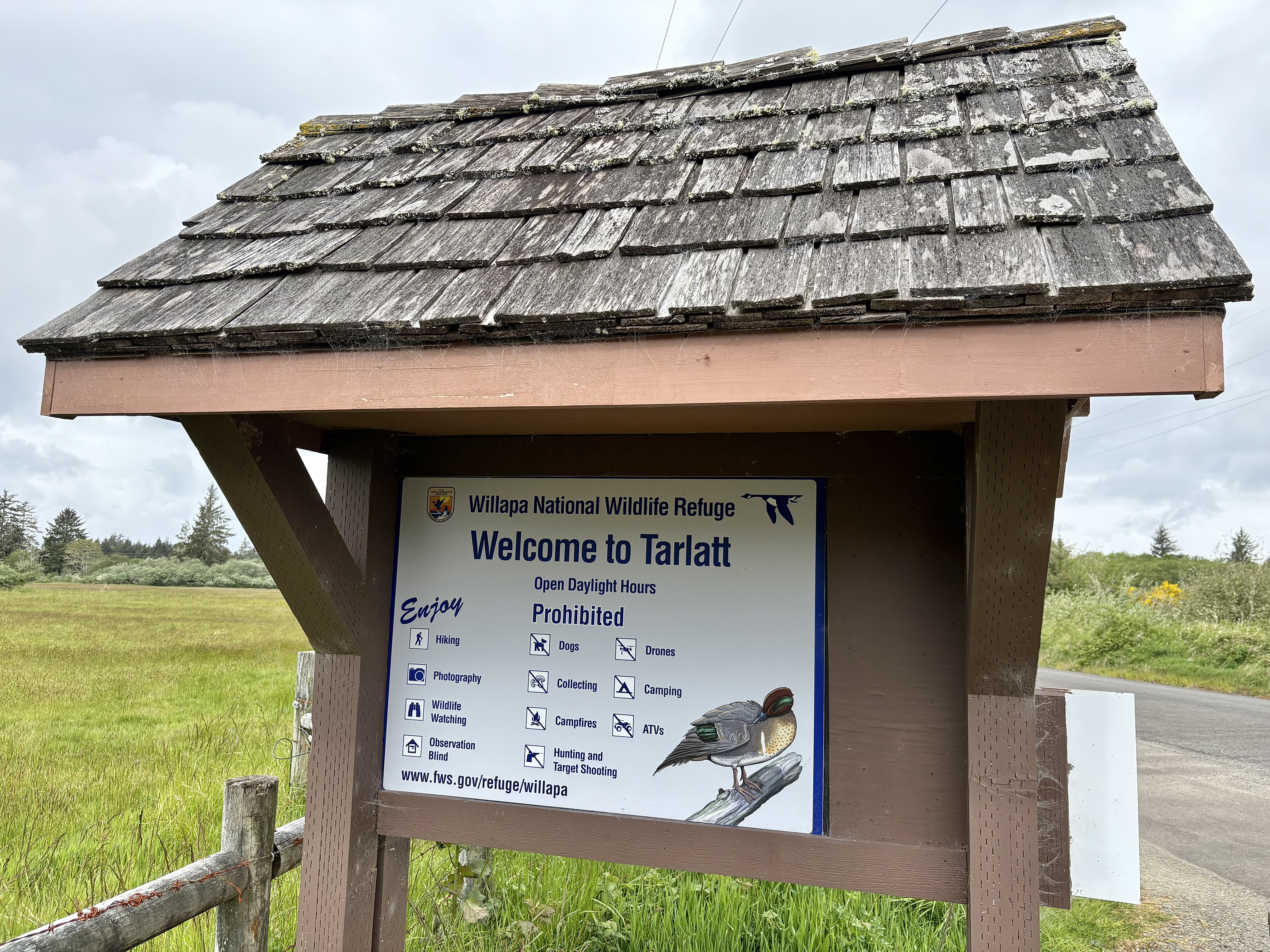Birding: Somes birds specialize in ‘Fields of Gold’
Published 3:28 pm Wednesday, January 16, 2019

- Western meadowlarks sing from the tops of fence posts, small shrubs or trees in Spring. They are sometimes seen here singing their hearts out.
These days, the fields of the Long Beach Peninsula are “fields of gold.” They are producing valuable nuggets for anyone interested in birds. Last week, nine Western Meadowlarks, which are considered rare in these parts at any time of year, foraged in the fields at the north end of the Peninsula. They were a sight to behold. This small flock stayed in the fields for three days. Western Meadowlarks tend to winter in loose flocks, just as the field guides indicate.
Trending
The Western Meadowlark is pale brown overall, has a short tail with white outer feathers and appears to be a chunky bird with a flat head. Breeding adults have bright yellow underparts with a prominent black V on the chest. Non-breeding birds are pale yellow underneath and wear a pale brown V on their chest.
Their favorite habitats include meadows, grasslands and agricultural fields where they forage for worms, insects and seeds. According to scientists, when meadowlarks feed they use a technique called “gaping” which means they use their very strong muscles to insert their bill into the soil to pry it open in order to make a hole so they can access seeds and insects that other bird species are unable to reach. This is exactly the behavior the meadowlarks that I saw were using, even though their winter preference is mainly grains and seeds which don’t require gaping behavior. Scientists also report that Western Meadowlarks will eat carcasses such as roadkill if a winter is very harsh (Cornell Ornithological Lab.).
A second gold nugget found in the fields of the north end is the Wilson’s Snipe. While the snipe is generally considered common on the Willapa National Wildlife Refuge and the rest of the Peninsula, and are also one of the most widespread shorebirds in North America, they aren’t always easy to find. Snipe are hard to see due to their brown and buff coloring and a very secretive nature. Our fields are attractive to them in winter due to the fact that they often have pools of water and small muddy ponds that facilitate their meal choice. In spring, the best place to see Wilson’s Snipe is in our wetland areas.
Trending
The Wilson’s Snipe is plump and long-billed. It has very strong flight muscles that allow it to fly as fast as 60 miles an hour. Its long, soft flexible bill allows it to probe in the mud for its favorite snacks and goodies including worms, invertebrates, and insects. Its table manners aren’t the best, however. It likes to slurp! It uses this technique to extract prey without having to remove its bill from the mud!
The adventures of birding in winter continue. The Western Meadowlark and the Wilson’s Snipe are two species worth looking for. They are like gold nuggets, sometimes hard to find, beautiful when seen and a valuable winter sighting for anyone birding on the Peninsula. Check out our fields, you too may find them to be “fields of gold.”
Common Birds of the Long Beach Peninsula by Kalbach ad Stauffer is available from the Chinook Observer, Bay Avenue Gallery, Time Enough Books and the Long Beach Peninsula Visitors Center.









